WATCH ABOVE: New projects set the example for city planning in Toronto by providing places to live, work and play in the same area. Mark McAllister reports.

TORONTO – The demographics of Toronto have changed.
After years of couples and families fleeing the downtown for the bigger homes of the suburbs, Toronto is experiencing a revival in downtown population growth.
More and more people want to live right where they work, eat, shop and hop on public transit.
In 2001, one-third of Toronto residents lived in lower-density neighbourhoods 25 km or more away from the city centre, a trend supported by the glut of baby boomers moving to the suburbs.
But since 2006, Toronto has seen a “revival of population growth” in the downtown core, largely due to young professionals seeking affordable, transit-supported housing in mixed-use communities.
“There’s a huge demographic shift happening and people are coming back downtown. People want to be in the city,” said architecture critic Christopher Hume on Global News’ The Morning Show Thursday.
This influx comes with significant opportunity and challenges, such as the increased strain on Toronto’s already bursting transit infrastructure.
Mixed use development in Toronto – which features a mixture of uses within a neighbourhood, even within a single building – may be the key to building a city that will last.
How city design impacts our health
On Thursday, the medical officers of health in the Greater Toronto-Hamilton Area released a report based on a study of how intelligent city design impacts the health of GTHA residents.
In addition to things like the food we eat and our love for sitting in front of screens all day, the report authors argue the design of our communities is having a negative impact on our overall health.
Neighbourhoods that are designed in a way that discourage residents from walking and encourage them to get in the car to run errands, even for short trips, are part of the societal changes the region has witnessed over the past 20 to 30 years.
“When you have a traditional community where you’ve separated the uses (e.g. residential vs employment), you also create big distances between those uses, typically meaning you have to drive to get to work, or drive to get to school,” said Jennifer Keesmaat, Toronto’s chief planner.
“The cumulative impact of these societal trends has been a major decline in activity at work, activity at home, and walking or cycling to work, to school and to do errands,” reads the report. “These ‘built-in’ sources of physical activity that were simply part of daily life have gradually disappeared.”
The report authors argue community design elements – such as density, proximity to services, land use mix, street connectivity, streetscape characteristics and increased bike parking – help a society achieve its health-related priorities.
While much of the design elements cited in the report focus on suburban communities, these same community design elements play a role in life in Toronto’s dense core – which lacks residential space in some neighbourhoods, park space and amenities in others.
“We recognize that part of creating a sustainable city is about mixing up our uses and bringing things in close so that people can do a variety of different things in any given neighbourhood,” said Keesmaat.
Planning mixed use neighbourhoods and designing buildings with a mixture of uses contained within them is a critical part of building a dynamic, vibrant city “where there’s a variety of things taking place at all hours of the night and day,” she said.
- N.S. mom calls for better ultrasound access after private clinic reveals twins
- As Canada’s tax deadline nears, what happens if you don’t file your return?
- Posters promoting ‘Steal From Loblaws Day’ are circulating. How did we get here?
- B.C. to ban drug use in all public places in major overhaul of decriminalization
Mixed use communities are also important for the city’s infrastructure.
“Think about a typical suburban residential neighbourhood during the day; the pipes aren’t being used, the roads aren’t being used, it’s completely vacated – all of that infrastructure is just sitting there under-utilized from 9 to 5,” said Keesmaat.
“When we mix up the communities we’re using the infrastructure more intensely, which is a better way to use our infrastructure, because infrastructure is aging, the roads, the pipes, the buses, it’s all aging whether we use it or not. So by creating mixed use communities, intense communities we better use our investments in municipal infrastructure.”
After decades of separate, single-use communities, buildings with mixed uses are becoming more and more common in Toronto. However there are some projects which have paid particular attention to the community that they are hoping to become part of.
11 Wellesley on the Park
Lanterra is the owner of a plot of land at Yonge and Wellesley that has been sitting vacant for years and has been the focus of a community rally to safeguard the land for public outdoor use.
The developer’s proposal for 11 Wellesley includes a single 60-storey tower that would house residential, retail and office space.
The crown jewel of the plan however is a 1.6 acre park that would front the property.
“The demographics of Toronto has changed, so we understand that when we add a building into the city fabric you’re not just building a building, you’re building a community, you’re adding to the community,” said Mandelbaum.
For all the amenities and services located in Toronto’s dense Yonge St. corridor, park space is notably absent.
For 20 years the plot of land, once owned by the province, sat vacant after plans for a new ballet and opera house were killed.
Residents and politicians fought to see a community park constructed on the two-acre plot.
Ward councillor Kristyn Wong-Tam lobbied for the city to purchase the land and turn it into a park prior to its sale to Lanterra Developments.
Lanterra’s original idea was for a multi-tower project with up to 1,000 units. The revised proposal is scaled back to 742 units and public green space on two-thirds of the lot.
After years of construction barriers blocking the view of the land – painted by community members with “we want a public park” – the site now contains the presentation centre for 11 Wellesley and the rough-out of park space, a glimpse of the green to come.
“I think we came along with a vision that everyone wanted to see happen,” said Mandelbaum. “It was a challenge…we worked very hard with the city for well over a year to make this happen and we’ve now come to a point where we feel we can deliver this project as you see it.”
Dovercourt 455
Slated as “density without disruption” Dovercourt 455 is the latest adaptive re-use project from Curated Properties.
READ MORE: Developers hope to turn Toronto laneways into unique homes
The proposal features 12 two-storey townhomes, perched on top of an existing commercial space near College and Dovercourt.
Rather than come into the neighbourhood and tear down the existing structure, the company wanted to make use of the building in its present form, and enhance it.
“The uniqueness of this project is basically the mixed use component of an adaptive re-use building. We’ve taken a ’50s modern building and came up with an idea of how to intensify it in terms of the residential component,” said Gary Eisen, principal at Curated Properties.
Driving their design was the needs of the existing community they are moving into.
“The biggest challenge after finding a location and finding a building is, how to incorporate the needs that the local people have,” said Eisen.
“I think we all want to live in a liveable city, and by liveable I mean a place where you can go to the local butcher store, the local fish market, the local cheese store, you can go to restaurants, you can take public transit – and that’s what this location offers.”
Mirvish+Gehry on King St. W
Introducing an innovative mixed use development in the city is not always welcomed with open arms – case in point, the tall towers hoping to take root on King St. W.
Designed by world-renowned architect Frank Gehry, working with theatre mogul David Mirvish, the Mirvish+Gehry project would feature three 80+ storey residential towers, arguably unlike anything the city has ever seen. It would also include two six-storey podiums that would house a public art gallery, campus space for OCAD University and retail.
Mirvish has argued the Gehry development would take back the public realm at King and John, creating a space where people can live, shop, visit a gallery, right where they work.
But the project proposal has been met with trepidation by many, including the city’s planning department who fear the sheer size of the development would overwhelm the existing infrastructure.
READ MORE: Toronto the good – When is ‘fitting in’ not good enough?
Mirvish said he would take the plan to the Ontario Municipal Board for approval. However, a working group was created in December – chaired by former councillor Adam Vaughan who represented the ward the towers would reside in – to reach a compromise on the plan and avoid a showdown with the OMB.
In the weeks leading up to the creation of the working group, meetings between the Mirvish team and the city planning department ended in disagreement – the city staff wanted the buildings decreased in height and avoid the demolition of warehouses on the block.
The Mirvish team rejected the suggested changes, stating they weren’t willing to compromise their vision:
“We set out to give Toronto an iconic landmark, which says to the world that where we live and play is as important as where we work. It is not our intention to have these buildings disappear into the skyline.”
An update on the Mirvish+Gehry plan is expected within the coming weeks.
With files from Global News’ Mark McAllister

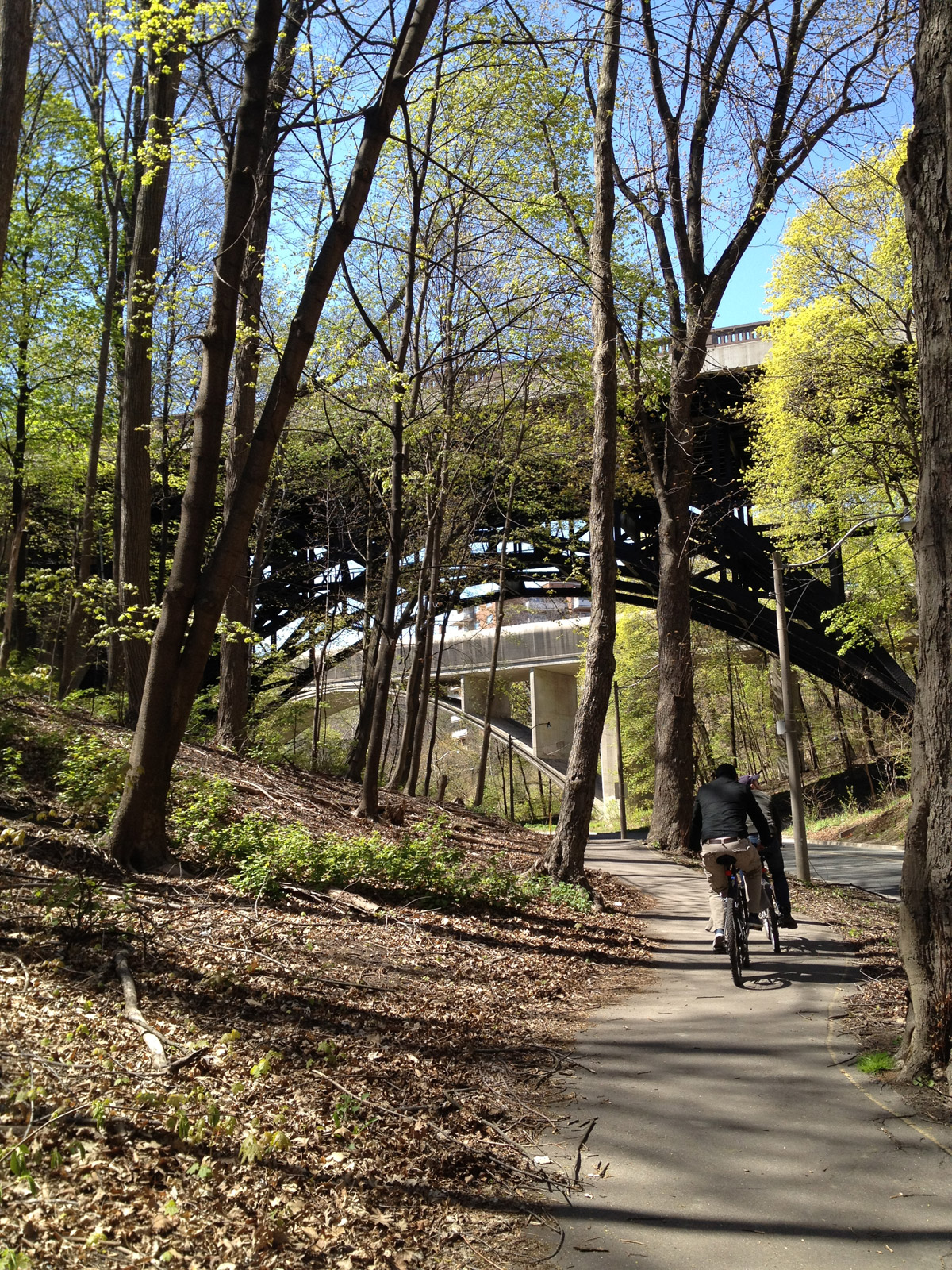











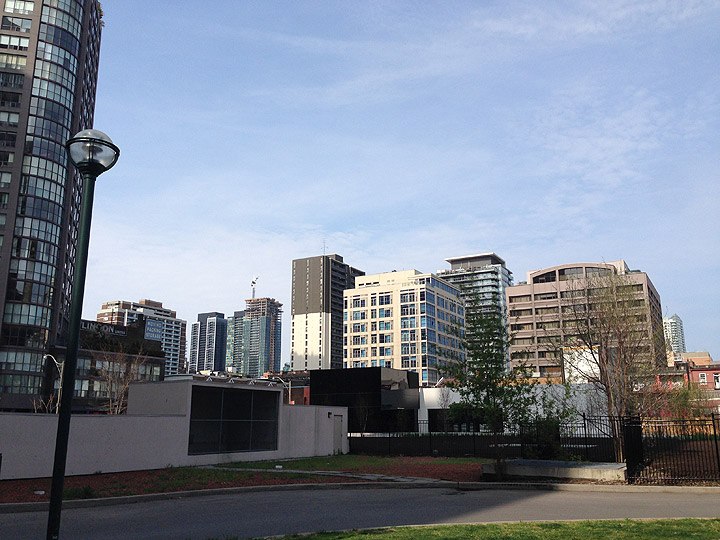











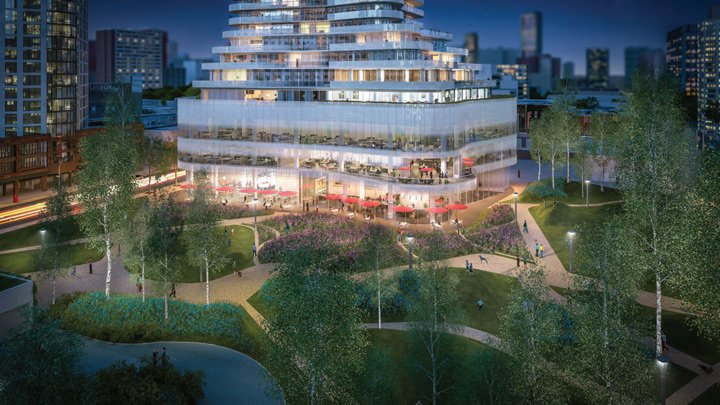



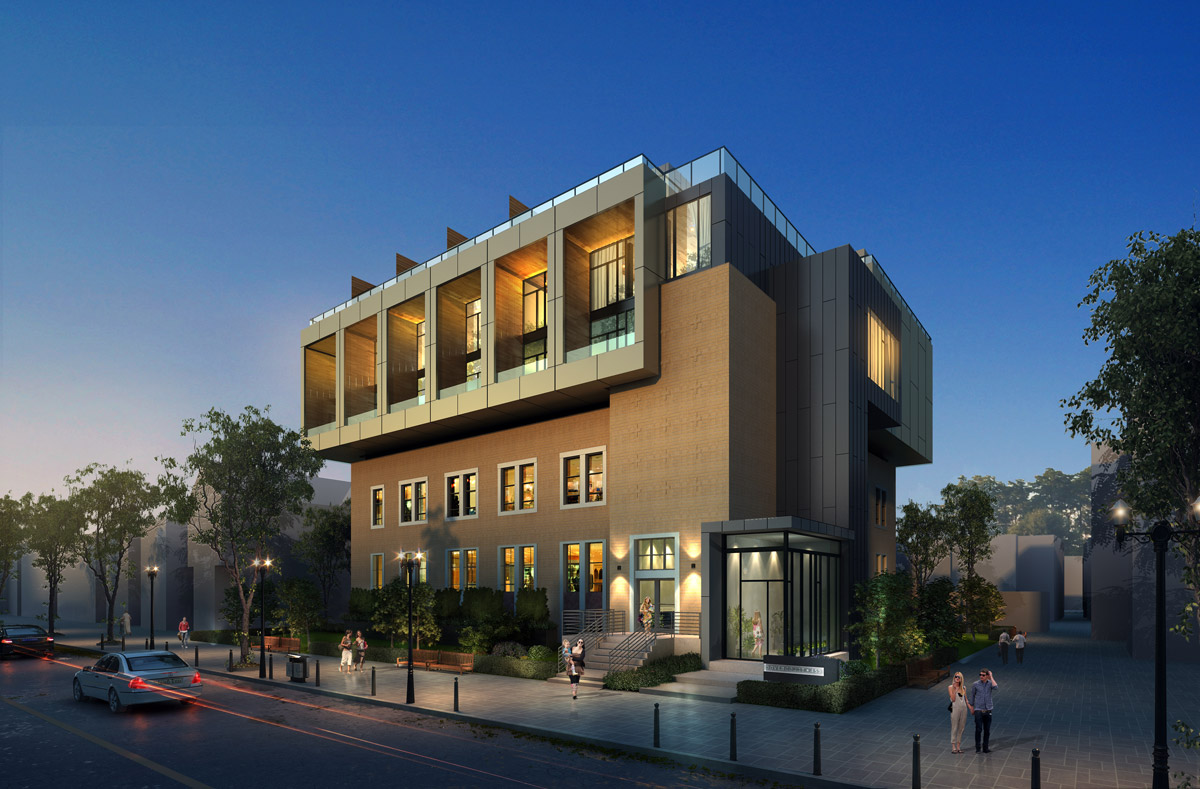

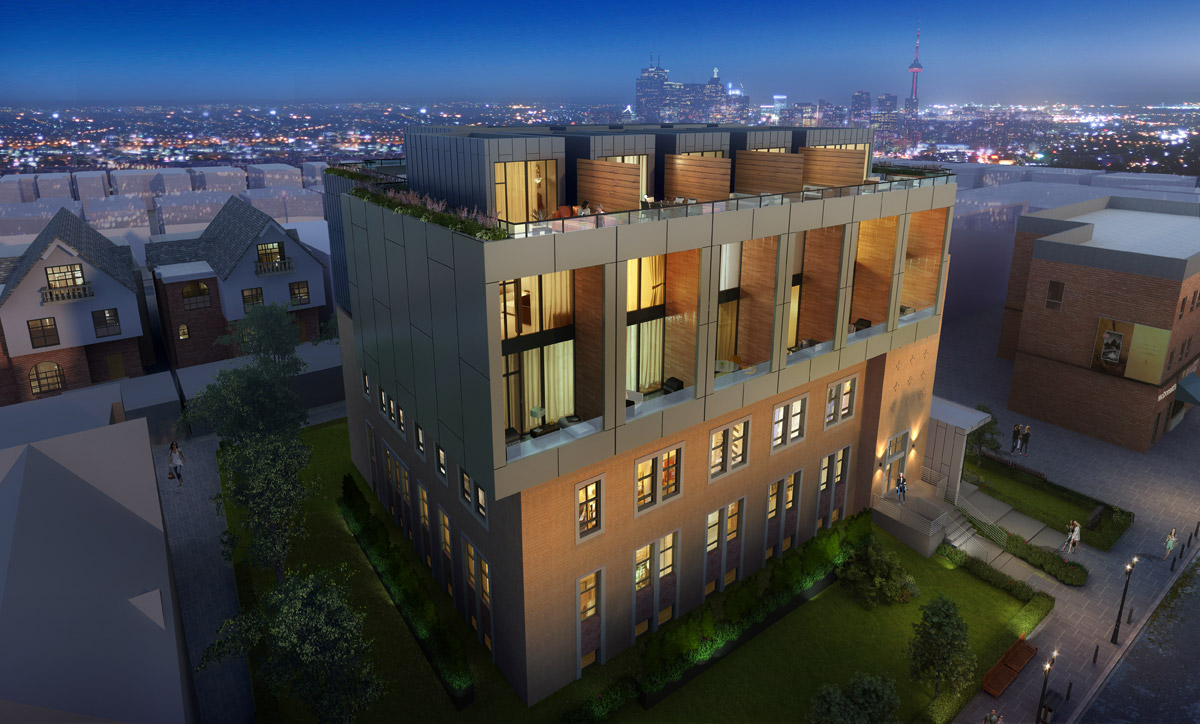


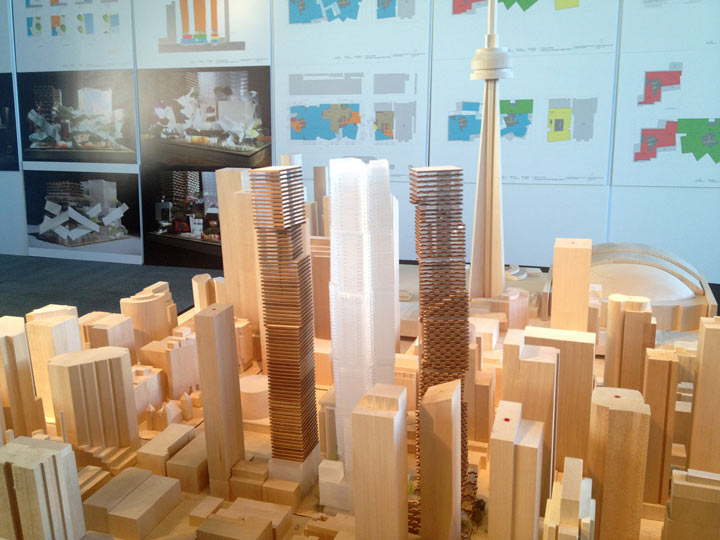
Comments